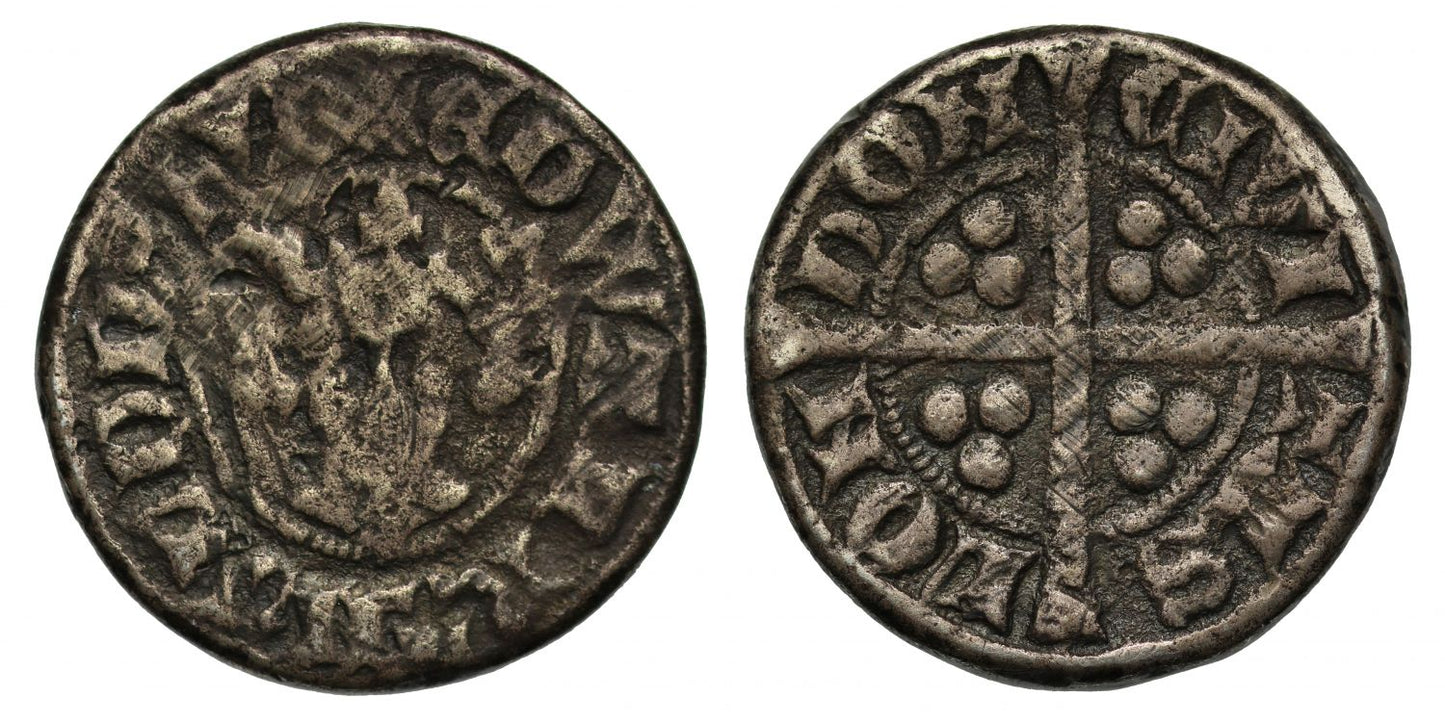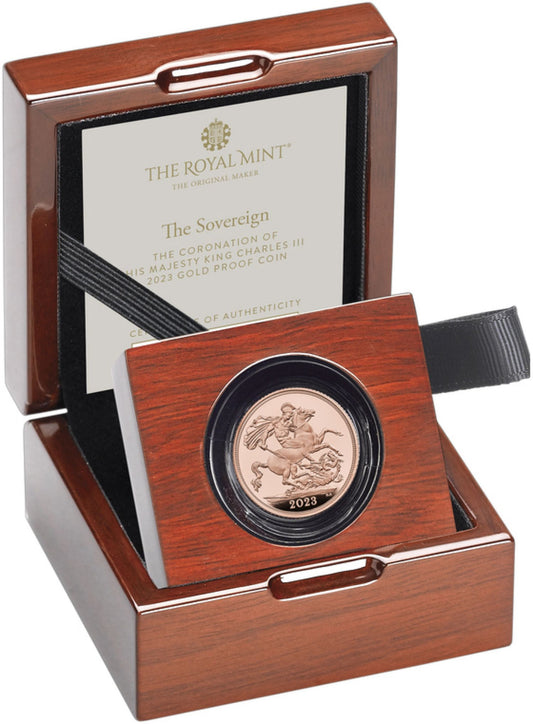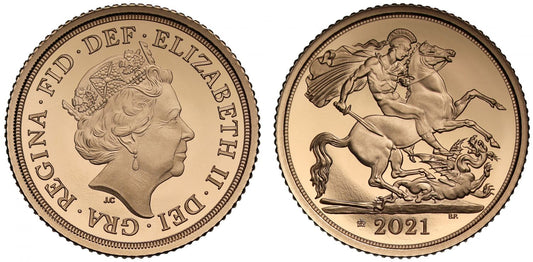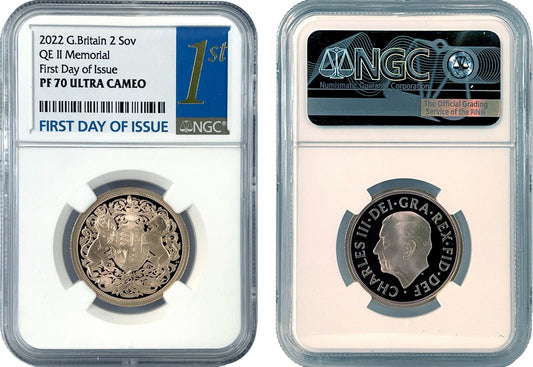FAQs
What makes a coin valuable?
I have coins to sell, what’s the next step?
How will my purchases be shipped?
What happens if I’m not entirely happy with my purchase?
Edward II Pattern Penny, heavy weight piedfort, ex Archbishop Sharp, class XIV
Edward II (1307-27), Pattern cast piedfort silver Penny, New Coinage, class 14 (1317-20), London Mint, facing crowned head of King, crown with bifoliate side fleurs, beaded circles and legend with Roman lettering surrounding, interesting error in Lordship title with double D, EDWAR R ANGL DDS HYB, legends with closed E and C, rev., die axis at 9 o'clock, long cross pattee, trio of pellets in each angle, beaded circles and Roman style legend surrounding, CIVI TAS LON DON, 8.30g / 128 grains, thickness 3mm (cf. N. 1065; Wren page 170; S. 1460). Being a cast, of a coarse nature with tiny bubble effect evident, detail therefore a little soft, surfaces a little scraped, otherwise good fine and the only example known as a heavy weight piece of this class of London Penny of Edward II, unique.
For further reading see British Numismatic Journal, volume XVI, 1921-22, article by L.A. Lawrence, English Piedforts and Their Purposes. Lawrence noted three piedfort Pennies for the reign of King Edward II all of the Canterbury Mint weighing between 66 grains and 86 grains with two as class XI and the other unidentifiable. This piece is class XIV defined by the nature of its central "Greek Axe" style central fleur, and it is most interesting to note the error in the obverse legend with two Ds seemingly in a row in the DNS title for Lord of Ireland.
Whilst the precise status of such heavyweight pieces is unknown, they were clearly not meant for circulation. Some believe they were trials used in the testing or checking new dies, but this seems unlikely with this piece as it has two lettering styles on the obverse side. More likely is the suggestion that these pieces as a pattern to demonstrate styles to be used by die-cutters in their workshop, to show how the various punches perhaps display once a die is cut and finished. The thicker coin patterns could be displayed prominently as an example and not mistakenly taken for use as a currency piece. The fact that Lawrence also recorded in his 1922 article 19 different piedfort pieces existing from the reign of Edward I till Henry VII, just over 200 years of minting, seems meaningful for this theory. It is especially significant that this piece and another piedfort (literally translates as "heavy measure") of King Henry VIII should turn up in the Archbishop Sharp Collection where this piece is provenance to, as the passage of time of ownership is immediately transported back to the mid-18th Century.
The Latin legends translate as "Edward, King of the English, Lord of Ireland" on the obverse, and on the reverse "The City of London."
Provenance:
This coin is recorded by Archbishop Sharp himself in his own hand-written manuscript of his collection which is now stored in the Gloucester County Archives.
The manuscript was seemingly an ongoing record of his collection and talks about the Ripon Hoard discovered in 1695 for instance.
The piedfort coin herewith is recorded correctly as "R Edward 2d" for Rex Edward Second and the legends are spelt out with the Archbishop's observation "A Sixpence I take it. It weighs 5 dwt 9 1/2 gr" a weight which is within tolerance of what we have from the modern scale. It is so unusual and nice to have the circa 1700 viewpoint on this coin.
Ex Archbishop Sharp Collection, part II, Morton and Eden, 7th December 2017, lot 94, where it was erroneously catalogued as Edward I.
Archbishop John Sharp (1644-1714), the Archbishop of York from 1691 till 1714 collected coins and medals commencing circa 1687 when Rector of St Giles in the Fields, London. His "observations on the English Coinage" written to Ralph Thoresby in 1698-99 were still circulating in manuscript form nearly 90 years later when finally published in 1785.
The Collection passed down the Sharp family with part I sold at Sotheby in 1977.
FAQs
What makes a coin valuable?
I have coins to sell, what’s the next step?
How will my purchases be shipped?
What happens if I’m not entirely happy with my purchase?













